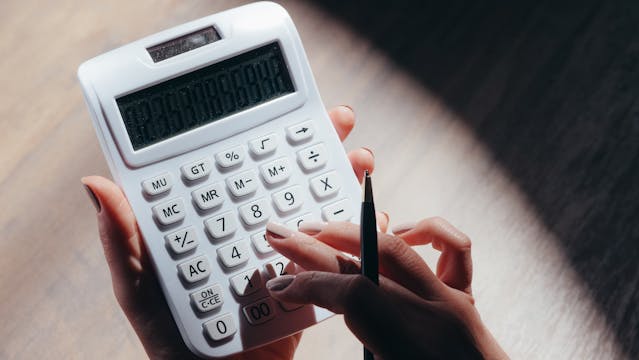When building a budget, it can be easy to not take into consideration your individual personality and lifestyle. However, this is possible – even on a tight income. Creating a personalized budget should align both spending and saving habits with your unique priorities and values. This will turn your financial plan into a tool that is manageable and motivating, rather than a restriction.
To create a long-term, successful budget, it’s important not to sacrifice personality or personal expression. Whether that be budgeting for those small joys, such as investing in fun clothes like a nerd shirt, or setting aside “play money” specifically for your hobbies and leisure time. Take the time to identify core financial goals, and then create flexible categories to make a budget that respects both needs and interests.
When your budget is realistic and reflects real life, it becomes easier to stick with it over time. It’s also important to regularly go back and review your budget to address changing circumstances and priorities. This ensures your budget will remain effective and realistic, no matter your income level.

Creating a Personalized Budget
To make the most out of your earnings, a budget needs to be built with complete clarity about monthly income, precise expense tracking, and choosing budgeting strategies. Separate your fixed and variable costs, and also make a list of your potential irregular expenses. This approach helps keep things clear and main control without feeling too overwhelmed.
Determining True Monthly Income
The first thing to do before creating your budget is to work out your exact monthly income. This is a crucial first step to ensure your budget will be accurate. Income may come from one wage or may come from multiple sources, like freelance work or government benefits. Do not over- or undercompensate. Try to keep the income figure as real and reliable as possible.
If you do have a variable paycheck or an irregular income, work out your average earnings over 3-6 months to find a consistent baseline. Do not include potential bonuses or occasional gifts as part of your monthly income.
The importance of knowing your true monthly income whilst creating a budget is underrated. It’s an essential first step to set realistic spending limits and avoid living paycheck to paycheck. This step is the foundation for managing personal finance correctly and efficiently, even when money is tight.
Identifying and Categorizing Expenses
The next step is to list all expenses into clear categories. The categories are fixed expenses (rent, utilities, subscriptions) and variable expenses (groceries, transportation, entertainment).
Fixed expenses tend to be stable and predictable. Variable expenses fluctuate and require ongoing monitoring.
There are many apps available to assist in budgeting, which help as a reminder to track purchases. Having this clarity and visibility will reveal areas to adjust spending without cutting essentials. Creating specific categories that align with needs and wants supports smarter decisions and reduces unnecessary expenses.
Selecting Your Budgeting Method
There are several budgeting methods out there to choose from, and each one offers its own distinct benefits. For those on tighter incomes, a zero-based budget and the 50/30/20 rule are commonly the most effective techniques used.
Zero-based budgeting involves allocating every single dollar earned to a specific use, ensuring no money is left unassigned. This forces active decision-making on how much will be put towards spending and saving.
The 50/30/20 is one of my personal favorite methods, dividing income into 50% needs, 30% wants, and 20% into savings or debt repayment. This is generally a simpler structure, and ideal for someone who is just starting on their budgeting journey. This method actively promotes balance between living expenses and paying yourself first. Do you like to make splurges on clothes like a geek t shirt? Not a problem. Having the money assigned specifically for personal spending removes any feelings of guilt and worry because you are sticking to your budget.
Choosing a method that fits your amount of personal discipline and lifestyle is essential for success. Making the correct choice will increase the likelihood of continuing to budget long-term.
Managing Irregular and Unexpected Costs
We all know that unexpected costs can pop up at any time. Medical bills, car repairs, or an annual subscription that was forgotten about can disrupt a tight budget. Preparing for these prevents future financial setbacks.
To help avoid these setbacks, it’s essential to build an emergency fund. It doesn’t have to be huge to start, just enough to cover future unplanned costs. Allocating a fixed monthly amount toward this fund creates stability.
Aligning Your Budget with Your Personal Goals
In my opinion, creating a budget that is personal and aligns with one’s personality and goals is the key to budgeting success. Not every budget technique is going to suit each person. It’s important to identify what really makes you happy in life and put money aside for that. That is the key to keeping a budget going long-term. This ensures a balance between realistic expense management and intentional personal spending.

